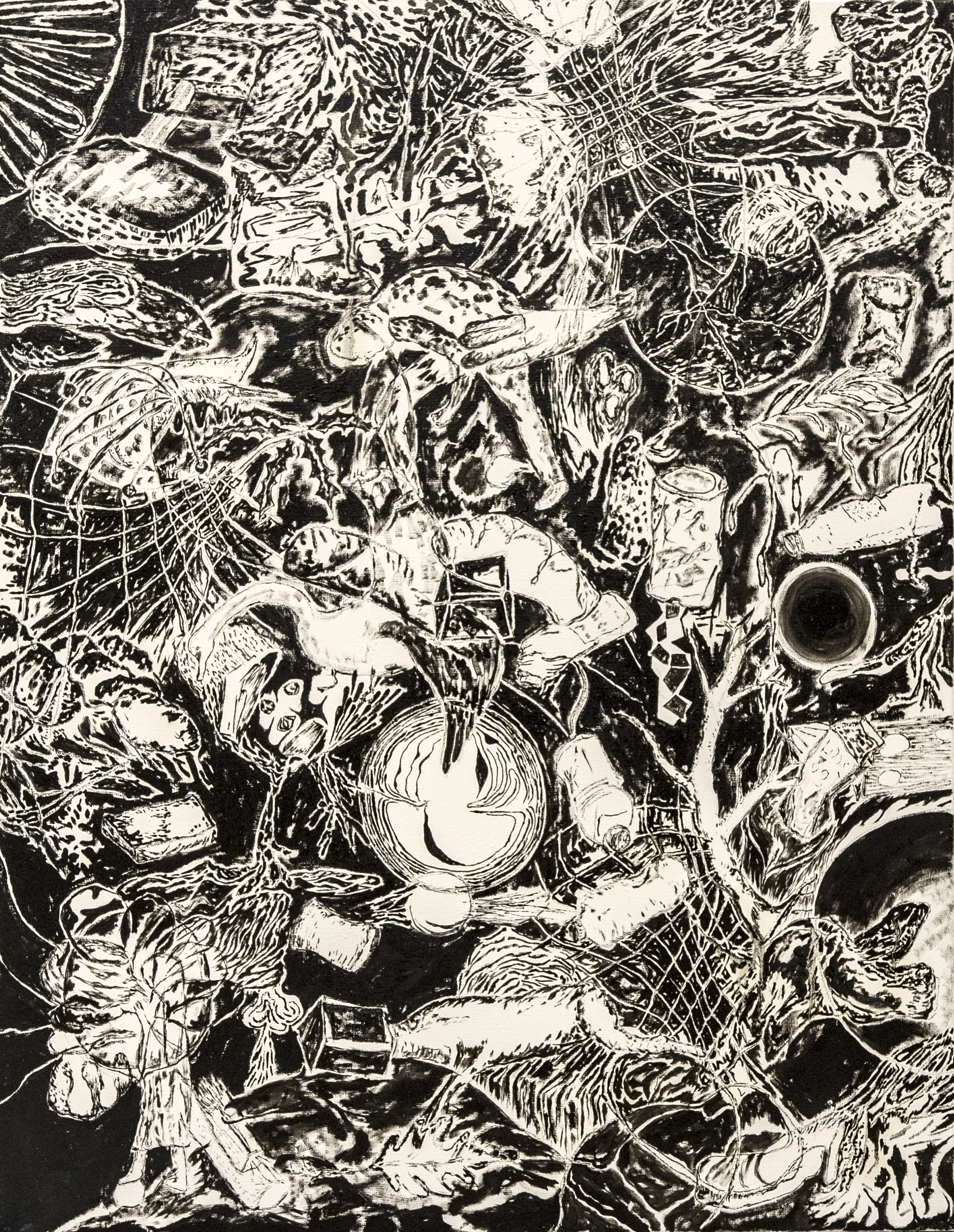Kaspar Bonnén: Look For A Place To Sleep

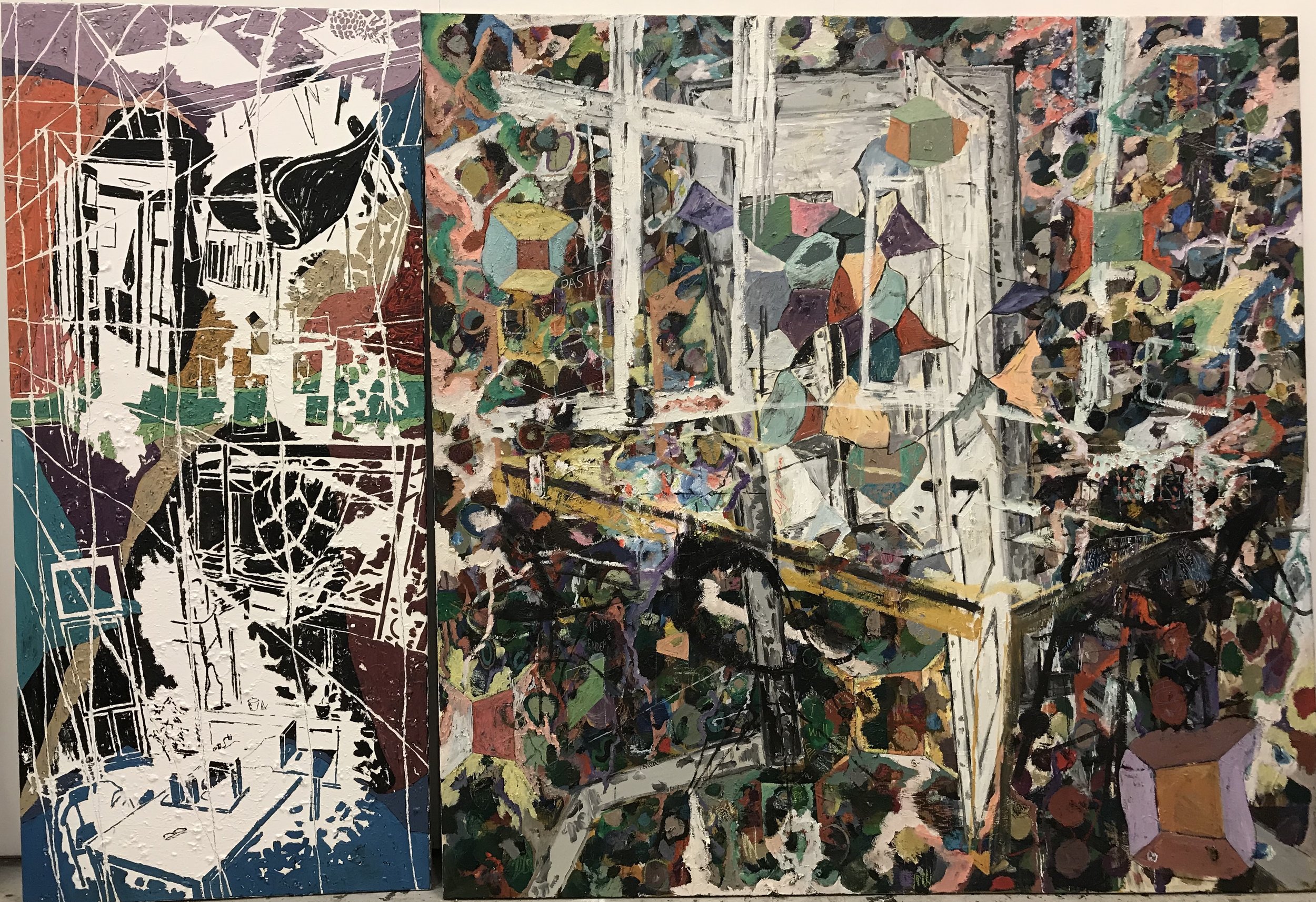
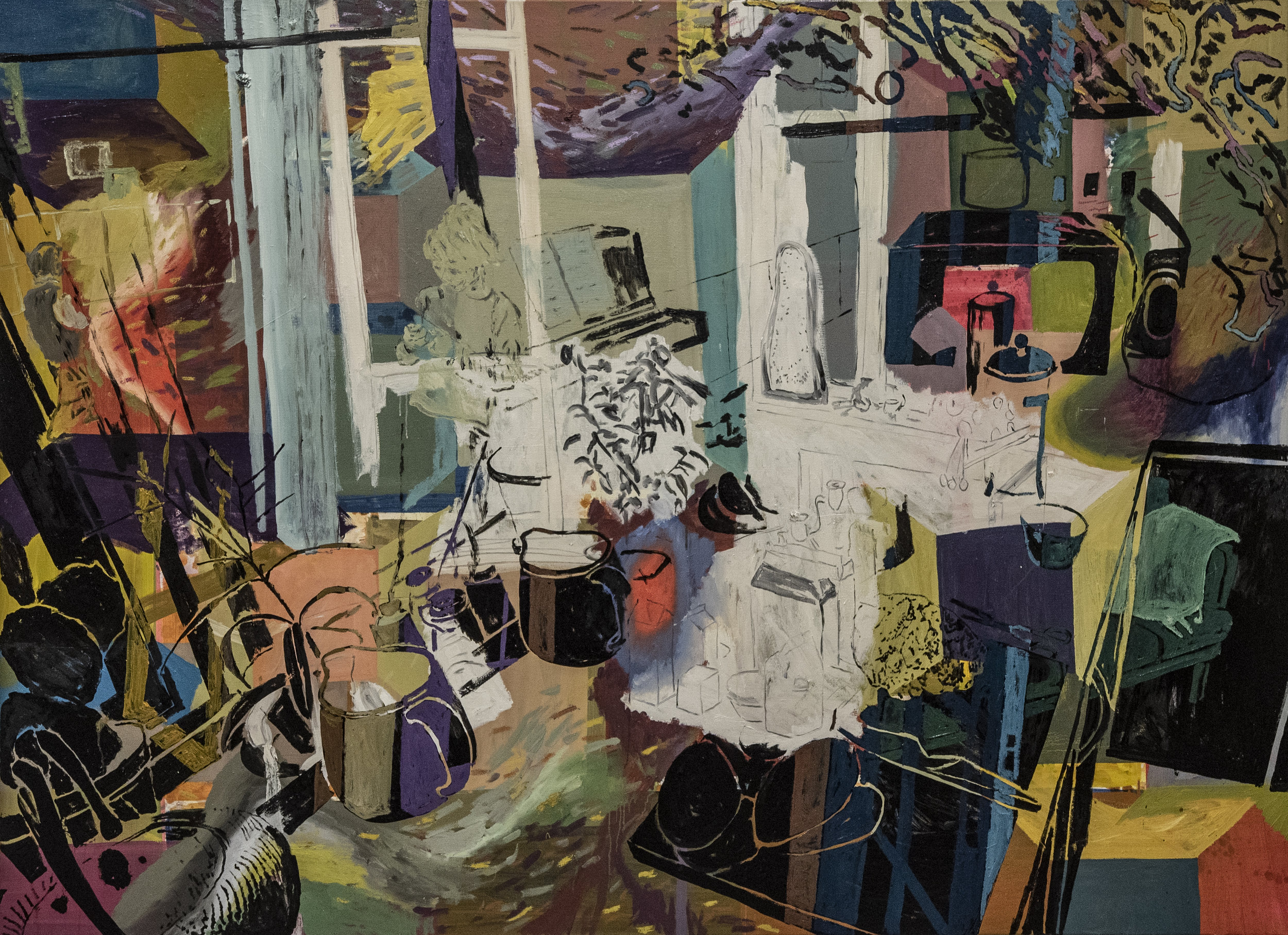
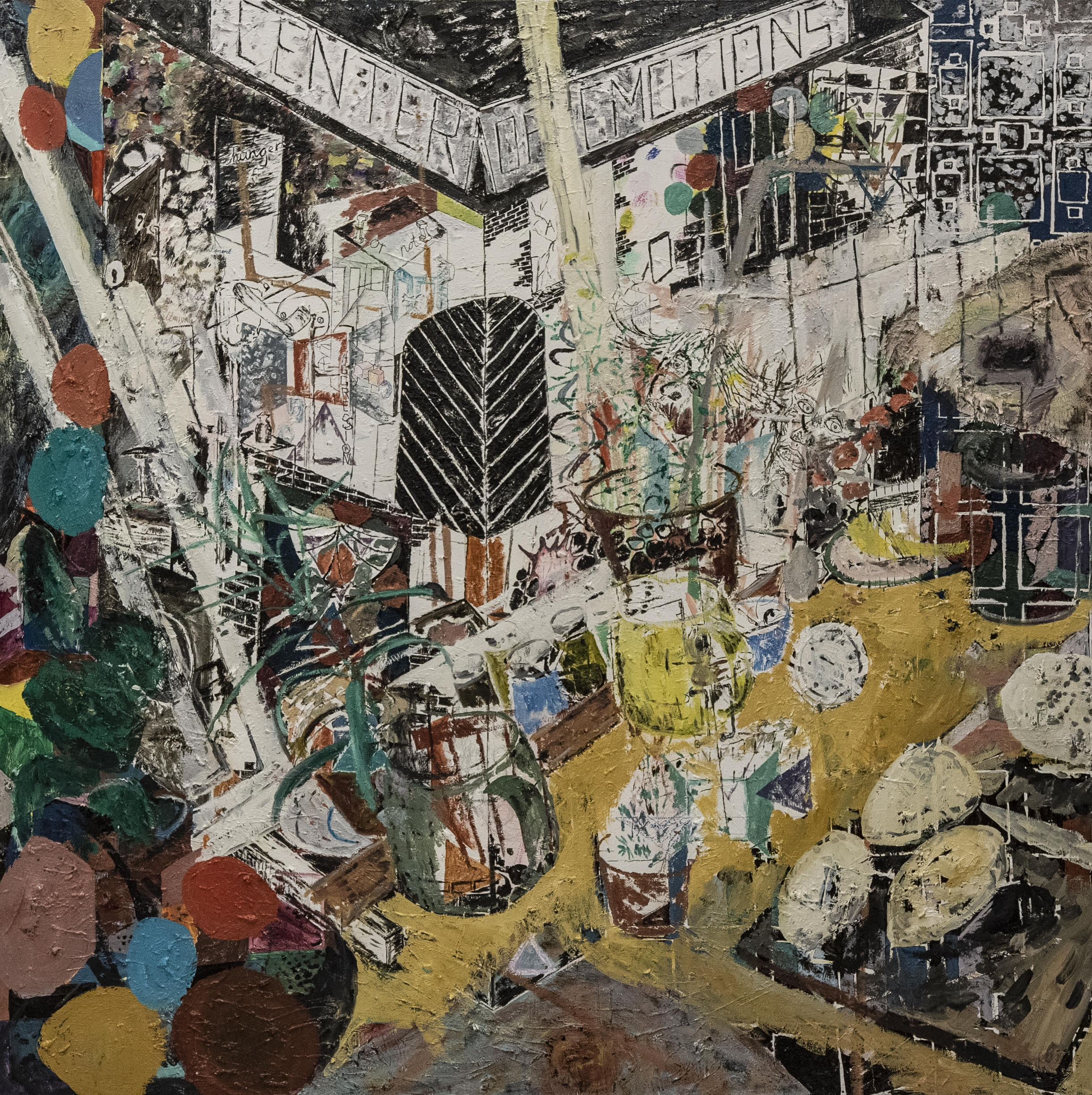
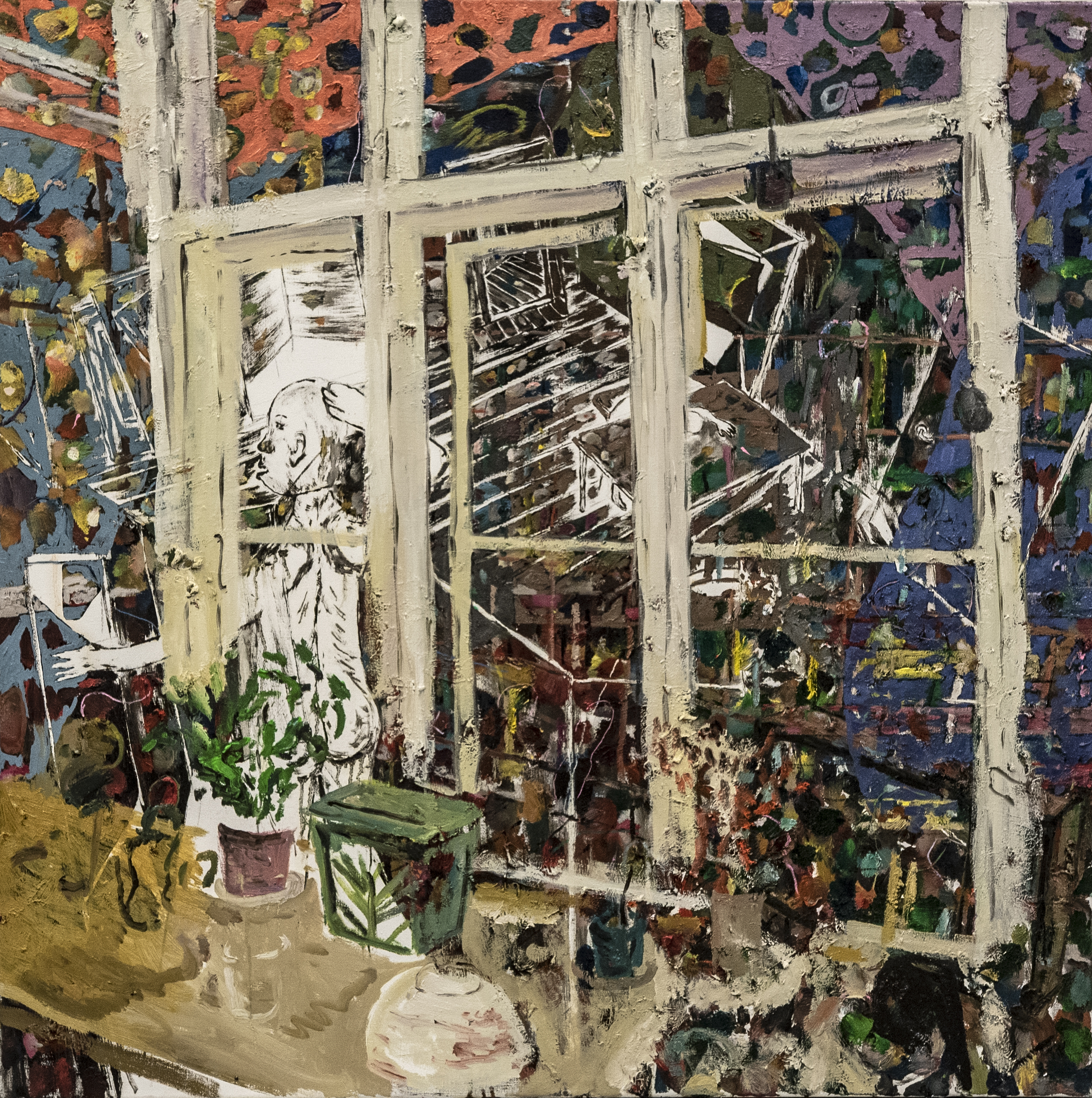
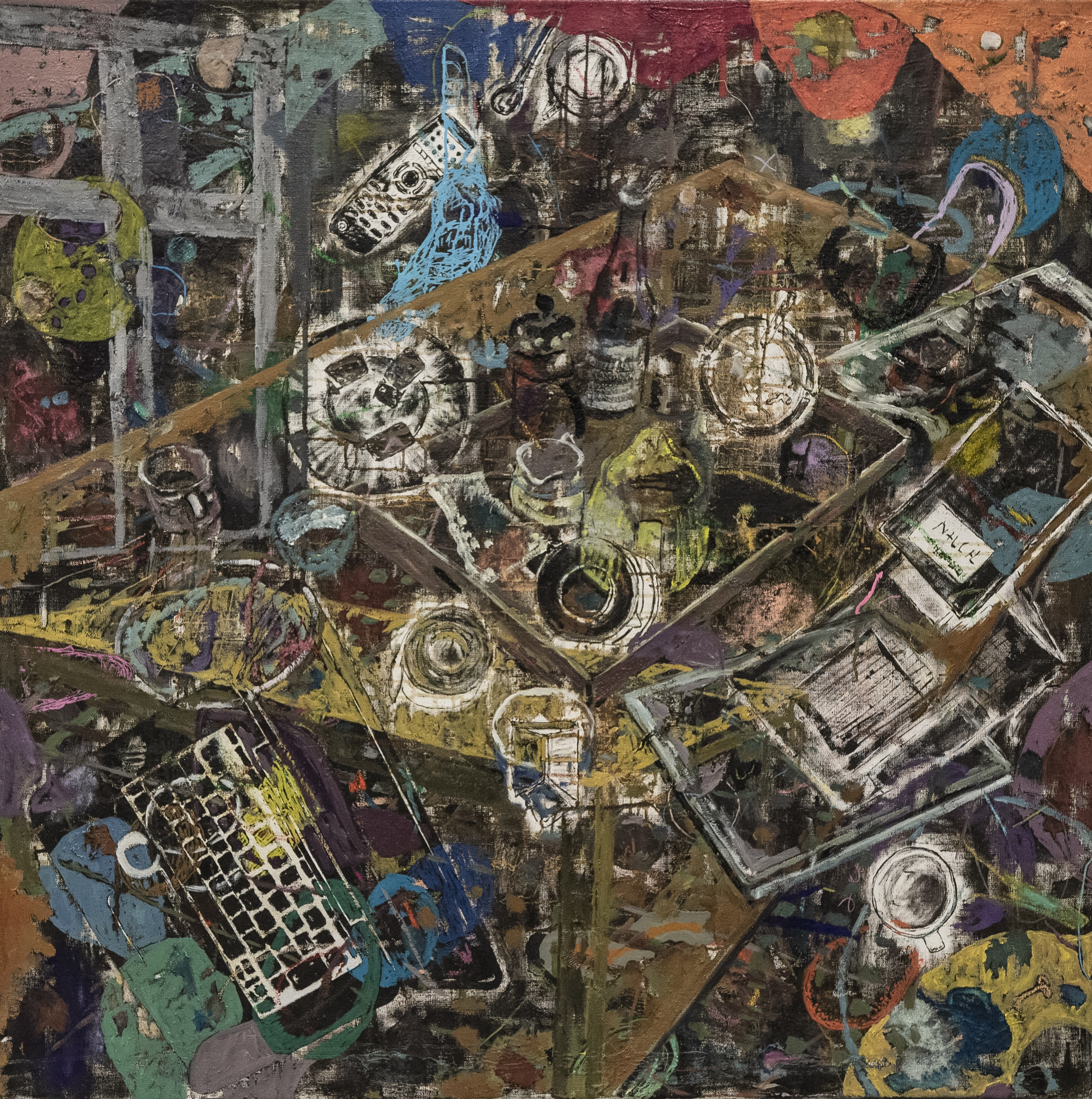
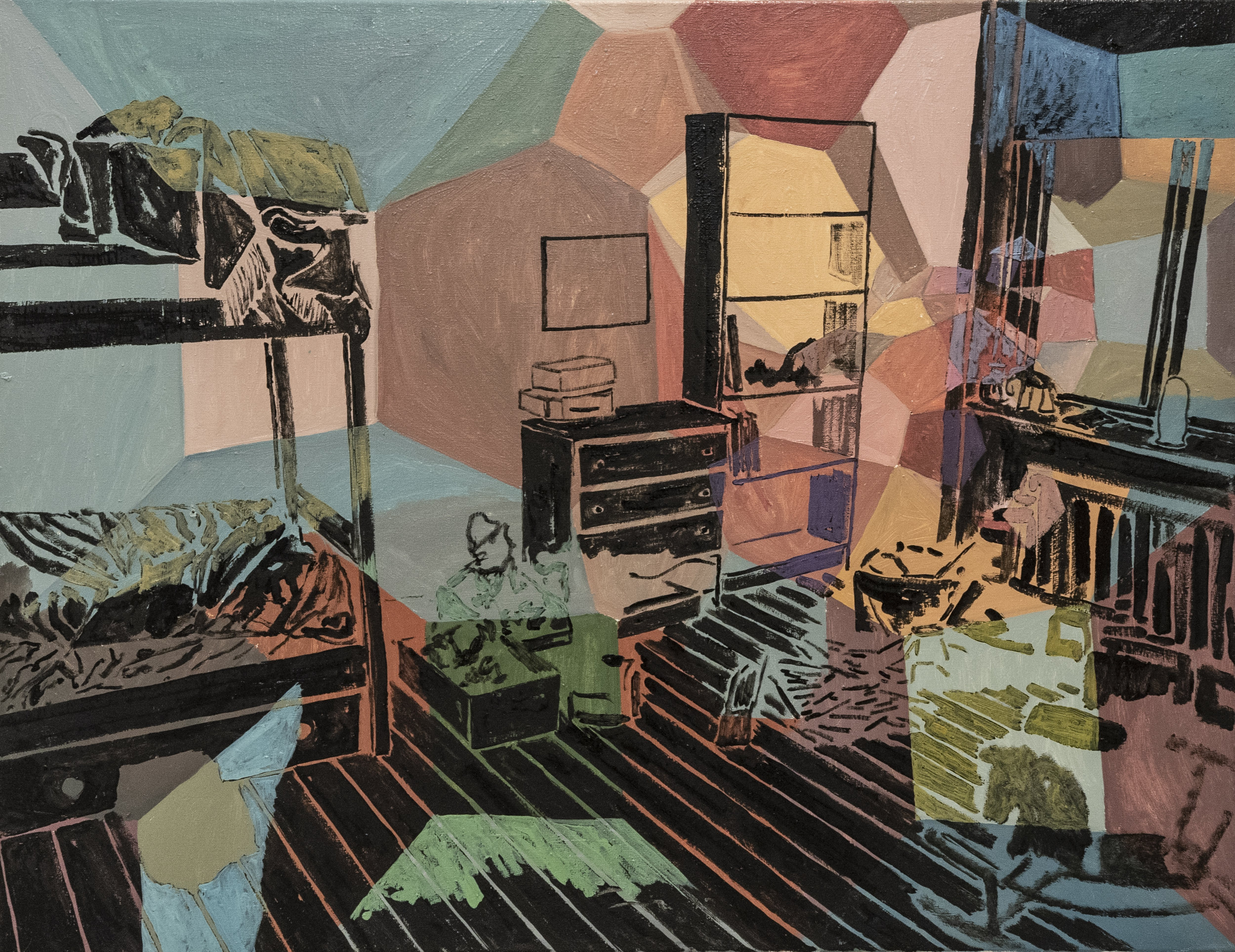
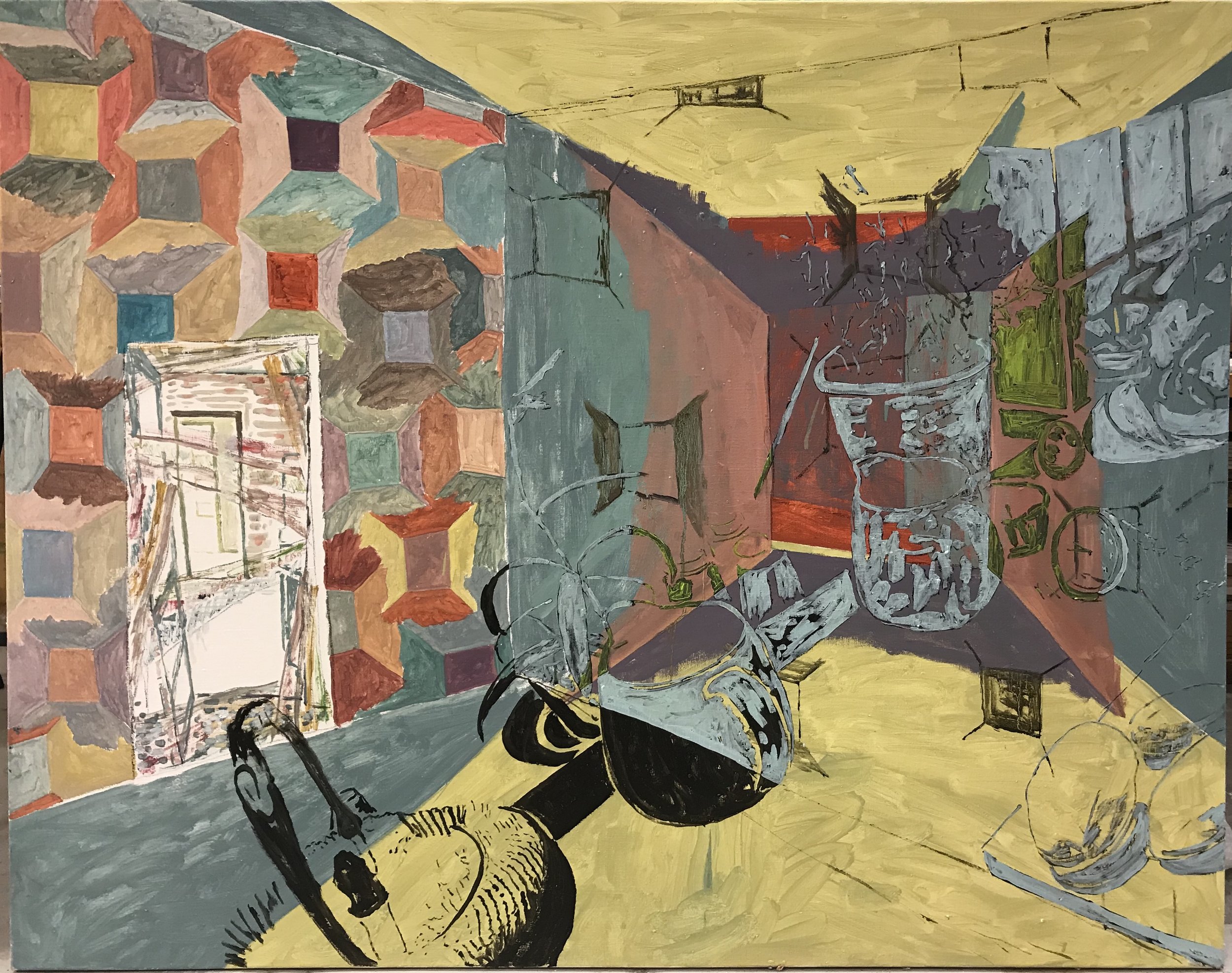

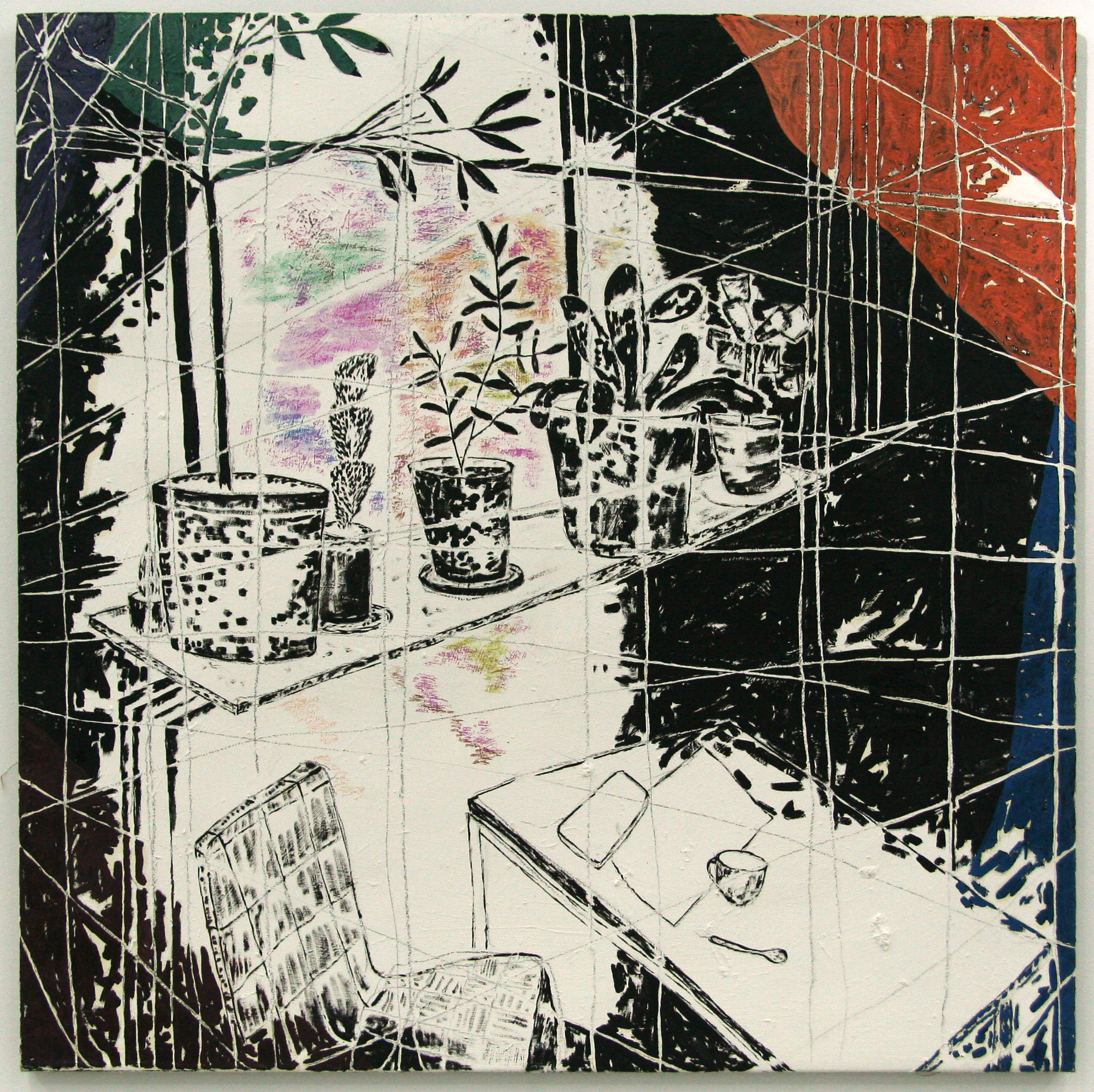
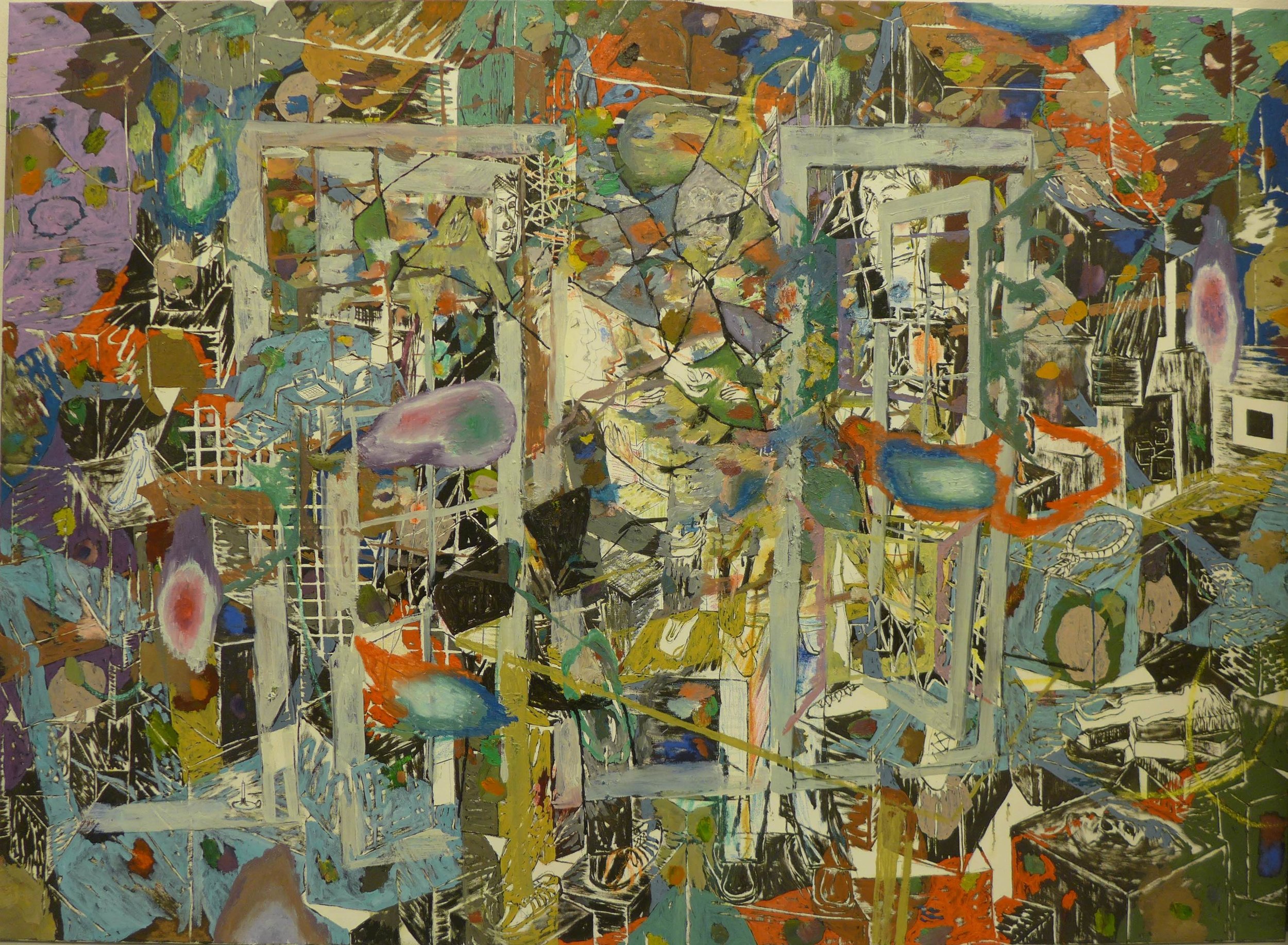
Houses and cities grow older than human life,
but cities disappear also, districts sink into the earth, streets are renamed,
here buildings go away with memory.
We walk through the houses and look for clues that can tell us,
what will disappear.
—— Bonnén, Arkitektur, 2007
In time and space
Since Kaspar Bonnén was admitted at The Royal Danish Academy of Fine Arts in 1993 he has, through a number of media, scrutinized the spaces we live in; both the physical space which surrounds us and the immaterial space we create through our relationships, feelings, recollections and dreams.
Kaspar Bonnén views the spaces we reside in as complex constructions. They consist of a materiality, of walls, floors and ceilings, which together define the physics of the space, but also of a number of mythologies, understood as a kind of immaterial space, created through our experiences and feelings. The spirit of the space.
By taking a personal and ‘space–biographical’ starting point in his works, Kaspar Bonnén points out that space is a medium through which we learn about the world. In the text Architecture, Bonnén writes, amongst other things, that “The home is the space that you do not create merely for the sake of the family; the home is the shell, which is a part of yourself.” Bonnén’s assertion attests to the idea that the house and the home do not merely constitute the physical framework of our lives, but to a large extent constitute the mental platform from which we meet the world. As Carsten Thau writes, the house forms a mental state — it is a stabilising mirror, which resonates of our corporeal, physical presence and of our ideas about successful life. He concludes: the house is an extension of the body, like a cocoon. Therefore it can also seem intense if this mirror destabilises; for example, if a family relationship or a love relationship changes. Suddenly one is no longer able to experience feeling at home, even though the house’s physical space is the same.
Those spaces I knew so well, looked as they usually did, and yet they felt different.
—— Bonnén, Hjem igen, i Hjem igen, 2004
Akin to a mental seismic disturbance, changes in our worldly life can mean that we experience a sensation of place loss in relation to those spaces we are otherwise familiar with. In the loss of a lover, a friend or a family member, the presence which was previously materialised in the physical space can suddenly be turned into an absence. As with a materialisation of the loss, the well-known objects are left behind like memento mori of the relationships we were a part of.
Space archaeology
By opening up a number of complex spatial structures, where the recognisable elements are detached from their original context and inserted in new and imaginary contexts Kaspar Bonnén shows us that the spaces we surround ourselves with contain several dimensions. In his paintings and photo collages the figurative elements are overlapped or displaced in a network of abstract forms, creating a spatial multi-dimensionality in the work. Also, in his texts, various conceptions of space appear simultaneously, as he, in the language, moves freely between the material space of architecture, experience and the space of memory, together with space as a metaphor and image of feeling.
My foot makes perfect contact with the ball. It rams the corner of the net and it’s a goal and everybody is cheering. I am inside a woman for the first time and I am sitting in a corner of my room. I see myself again in my corridor.
—— Bonnén, Arkitektur, 2007
Space becomes time in Kaspar Bonnén’s work, in that the spatial connection of events takes precedence over the chronological connection. In this way, he does not depict time as a continuously constructed stream where events follow one another like pearls on a string, but rather like islands of time, linked to various spatiality.
Just like an impassioned spatial archaeologist, Kaspar Bonnén excavates and collects fragments of space, using them as sources in an investigation of his own history. As Carsten Thau writes, the fragment is a consequence of the destructive commencement of time on the object or the memory image. That which is remembered fades over time and becomes fragments that we are both fascinated and repelled by, because they appear as signs of time and its course. Kaspar Bonnén’s spatial archaeology can be seen as an attempt to collect the pieces, the succession of experiential remnants, and through that to then form an order and systematism in the events, experiences and feelings which have formed the life he has lived.
Change appears to come from certain points. We always want to find incidents which have triggered what happened later. How have we arrived from the past up to our present? History is an anthill of possible paths, and one must find those pathways where one can wander in one’s own history.
—— Bonnén, Godnathistorier, in Hjem igen, 2004
Between order and disorder
Both in images and text, Kaspar Bonnén moves in a spatial continuum between order and disorder. On the one hand, he draws together connections — building up, creating context and structure. He seeks order and stability. While on the other hand, he also breaks down, dissolves and deconstructs. He disseminates disorder and the constant changing in objects.
We are processes, evolutionary shadows in an almost endless history we cannot comprehend. Still, we build small houses, which can accommodate each of our histories. Even though we can wonder about our reasons from time to time, we do it, while the universe maybe slowly stretches us and pulls the walls apart; for what if the empty space cannot be found, only a row of rooms following after one another, reflecting our way of adapting ourselves.
—— Bonnén, Inventarium, 2001
In his works, Kaspar Bonnén draws attention to the tension between order and disorder by equipping the motifs with an inherent movement, where the distinguishable elements are gradually torn out of place and the motif moves from its figurative starting point towards a higher degree of abstraction.
That Kaspar Bonnén views change as something which does not merely take place over time, but is manifested in space. Kaspar Bonnén points out “a potential for change”when he launches the polystyrene words “I will always love you”, and slowly allows the movement of the water to dissolve the meaning of the words. In this way he creates a picture of the mental and emotionally-charged space in which we enter into and shows it can be destabilised. And it should not only be understood negatively, but also in a positive light. With the slow breaking apart of the words, Bonnén visualises love as a spatial dimension, a transforming process for the individual, which can open up to new possibilities — new ‘life spaces’.
As an image of the potential of change, Kaspar Bonnén also uses the door. He does this both concretely by using the door as a general motif running through the work, mediating between the various image spaces of the painting, but he also inserts the door in his texts, here as a metaphor for the idea that in the same action one can close something behind you, while simultaneously opening up for something new.
The door begins and ends, it is where the room always is, where several doors find still more directions.
—— Bonnén, Inventarium,2001
In Kaspar Bonnén’s works the door functions like an image of the idea that with the changing of objects, their cessation or dissolution, a creation also follows. And that with the breakdown of meaning, the starting point for new meaning is created. In Kaspar Bonnén change therefore exists as a progressive entropic process, but also as a potentially infinite number of new beginnings, of negentropic interventions where something new is created, while something else comes to an end.
To create a room is like imagining a place where one would like to be staying, to place oneself in the midst of the creation and reach out to the world.
—— Bonnén, Arkitektur, 2007
(The article has been edited from Marie Nipper, “Everything Changes” )

